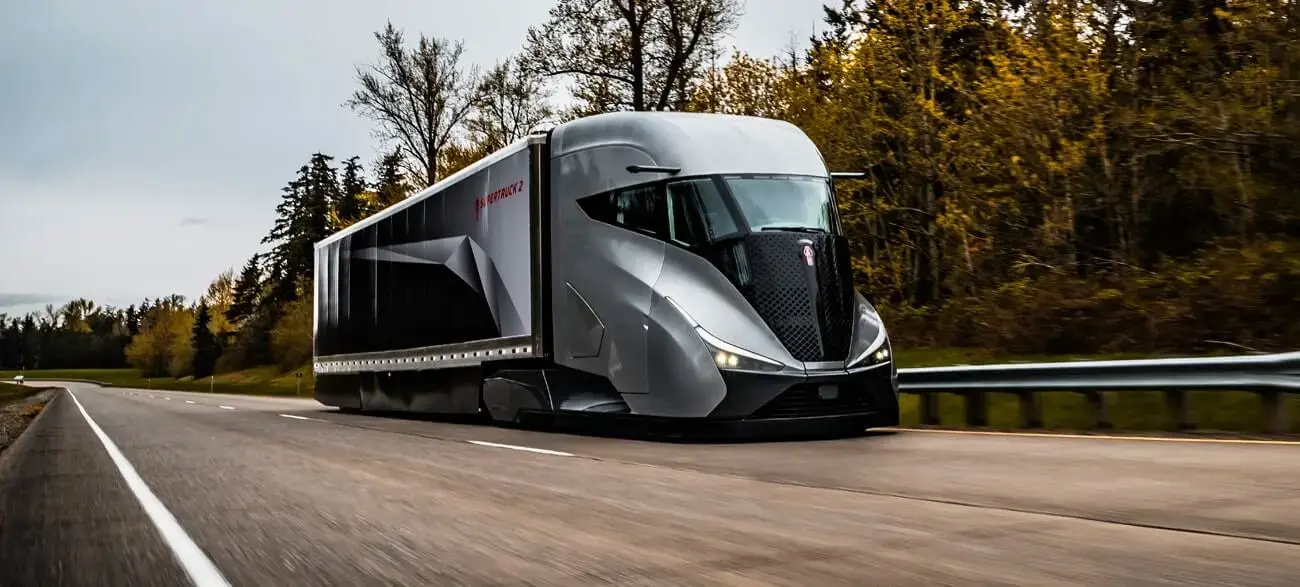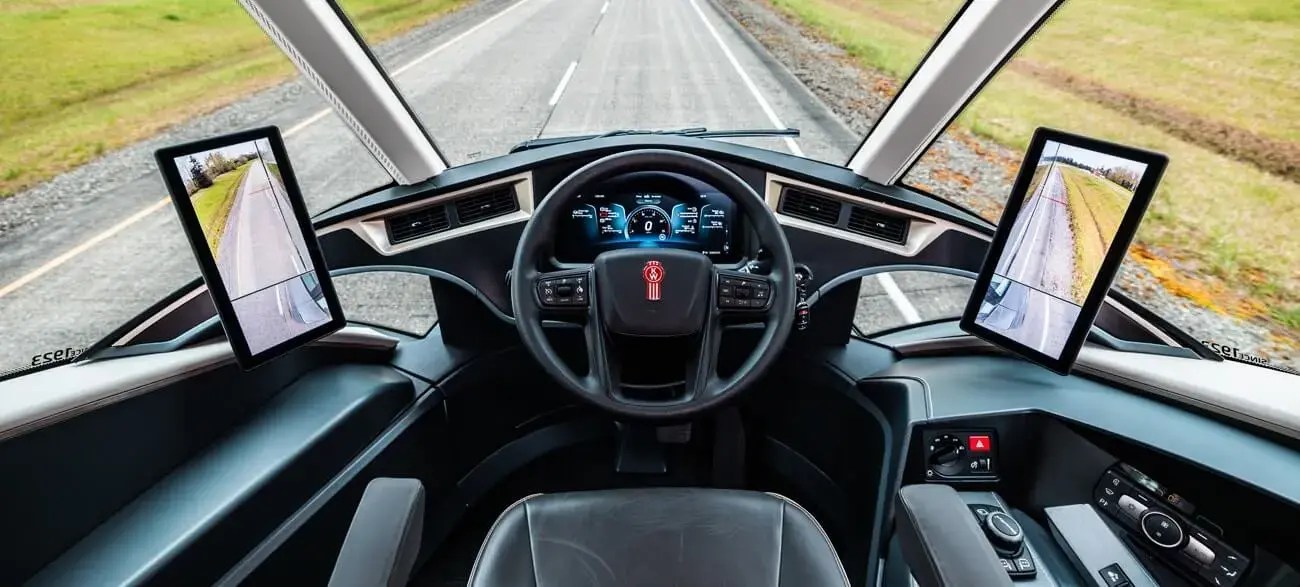
Kenworth aimed to achieve a 100% freight efficiency improvement over their 2009 T660 semi-truck, considered the most fuel-efficient truck at the time. They surpassed this goal, achieving up to a 136% improvement, as highlighted by Jim Walenczak, a company executive.
The secret to this efficiency lies in boosting fuel economy to 12.8 mpg and reducing the combination weight by over 7,000 lbs, allowing for a greater payload capacity. This makes the SuperTruck 2 an extremely fuel-efficient tractor-trailer combination.
Visually, the SuperTruck 2 stands out with its advanced aerodynamic design, rivaling even the sleek Tesla Semi. Although it’s not fully electric, the aerodynamics of the SuperTruck 2 are a key feature. "We started with an ideal aerodynamic shape" said Kenworth's chief engineer, Joe Adams. The design not only reduces aerodynamic drag but also incorporates a new powertrain.

The SuperTruck 2 is powered by a mild-hybrid turbodiesel system. It features a PACCAR MX-11 engine, rated at 440 horsepower, paired with a 48-volt electric generator and a PACCAR TX-12 automatic transmission. The system uses next-gen lithium-ion batteries that recharge through regenerative braking, powering fans, steering, and coolant and HVAC pumps, electrical components that were previously mechanically driven.
On the diesel side, Kenworth achieved a record 55.7% engine efficiency, a significant improvement over the current standard of 47%. “Reaching 55.7% was a major step forward,” explained Maarten Meijer, PACCAR’s senior engineering manager for advanced technology.
Kenworth also designed a new trailer to accompany the super truck, resulting in a combined weight of around 26,100 lbs approximately 7,100 lbs lighter than typical configurations. This reduction allows the use of a smaller 80-gallon fuel tank without compromising the vehicle’s range.

The interior of the SuperTruck 2 is equally groundbreaking. Featuring a “center driver” cab design and a new sleeper compartment, highlights include a 15-inch digital display with a configurable gauge layout, a parabolic windshield, and digital mirrors that reduce drag and provide enhanced rearview monitoring with night vision capabilities.
When compared to the Peterbilt SuperTruck II concept, which debuted at CES 2024, Kenworth’s SuperTruck 2 edges out slightly with a 136% efficiency boost versus Peterbilt’s 132%. While both trucks utilize mild-hybrid systems, Kenworth’s design and efficiency enhancements make it a standout.
Comparing the Kenworth SuperTruck 2 to the Tesla Semi reveals fundamental differences. While the Tesla Semi boasts up to 500 miles on a single charge, its dependency on charging infrastructure and downtime for recharging are significant drawbacks for long-haul operations. In contrast, the diesel-powered SuperTruck 2 offers greater range and quicker refueling, giving it a practical edge for long-distance hauling.
Kenworth's SuperTruck 2 showcases a future where fuel efficiency and innovative design meet. As the transportation industry evolves, advancements like these will play a crucial role in shaping the future of road freight.
Kenworth's SuperTruck 2 is not just a concept but a bold step toward more efficient and sustainable transportation, leaving a mark on the road freight industry.